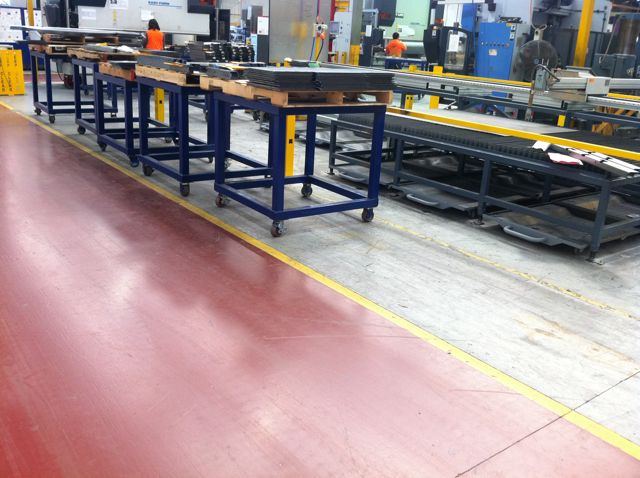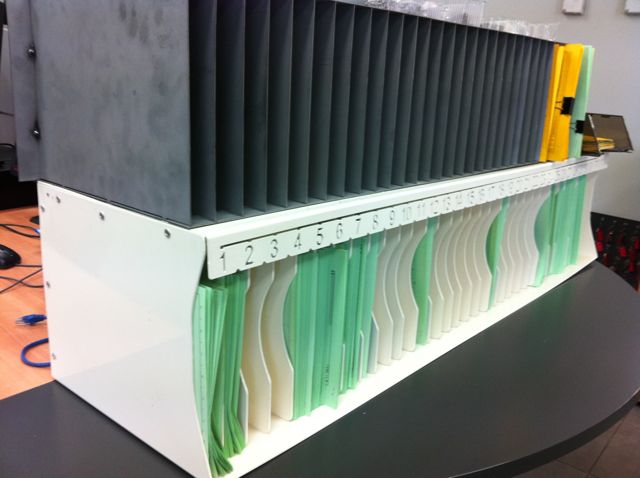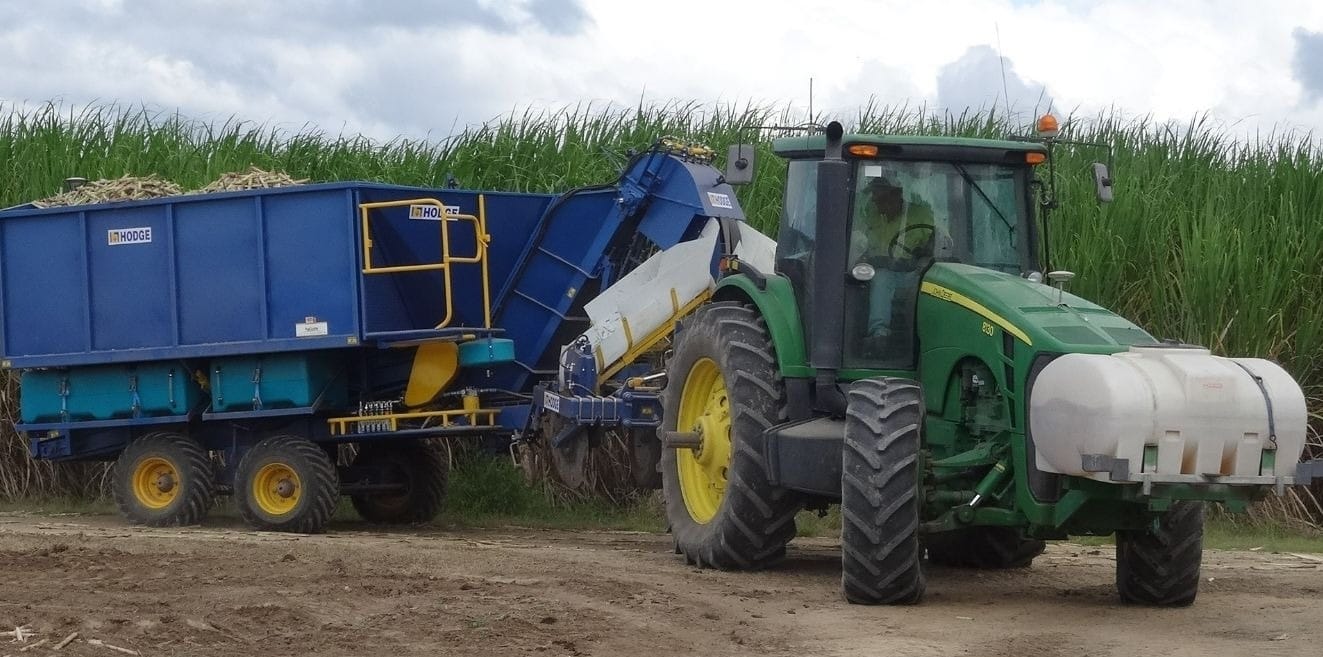Stop the feast-or-famine cycle in your factory!
After helping hundreds of manufacturers, I’ve found level production delivers immediate results.
- Smooth your workflow.
- Reduce overtime costs.
- Improve delivery performance.
Your team and bottom line will thank you.
How to Level Your Production
One of the problems we see a lot in manufacturing and office processes, particularly make to order processes is the build-up of large backlogs of work in progress. This leads to long lead times and then expediting as “urgent” jobs get pushed to the head of the queue.
As many readers will know, expediting does not really help as every time a job gets pushed up the production plan, all the other jobs behind it get delayed
Eventually, they need expediting and pretty soon you can forget any production planning as almost every job is expedited and the plan changes hourly.
Some companies even distinguish between “urgent” and “very urgent” jobs on their plan!
All this expediting usually leads to production runs being cut short, extra changeovers, running in the wrong production sequence and a whole lot of other issues that actually reduce production levels and make the problem even worse.
Controlling the Flow with FIFO

At TXM we have often promoted the FIFO as a way to control the sequence of work and ensure consistent lead times.
However, this is only part of the answer.
What happens when your FIFO lane is getting overwhelmed with work?
One answer is that the upstream process needs to stop to allow the downstream process to catch up. However, a better solution might be to try and stop this situation from happening in the first place.
Level Production to Takt Time
The key is to level your production. This is a fundamental lean principle. Usually, to achieve this we calculate the Takt time, which is the average rate at which the customer buys our product.
So, for example, if we were running one shift, allowing for breaks we would operate for around 7 hours or 420 minutes per day. If our average sales were 210 cars per day, our takt time would be 420 divided by 210 or two minutes.
That means that we would need to produce a car every 2 minutes. Every step in the production process would then be levelled to meet this takt time of two minutes.
But what if you don’t make cars? What if what you make changes every day or even every hour? This is the situation faced by many manufacturers involved in customised manufacturing such as engineering shops, manufacturers of customised machinery and packaging manufacturers as well as many other industries.
In this case, we need other ways to measure takt time, however the overall principle remains the same – we level the rate of production efficiency to meet customer demand.
In practical terms, this means we make one hour’s worth of sales every hour or eight hours worth of sales every eight hours.

This can then extend into your planning of production.
By releasing only eight hours worth of work every shift you ensure that your production process does not become overloaded with work. When you have lots of capacity this means that machines and key production cells will only run at the rate needed to meet customer demand.
What Happens When Your Rate of Customer Demand Starts to Reach Your Production Capacity?
As you near peak capacity, you may get to the point where you start to struggle to keep up with the rate of customer demand. The temptation will come to push in more work. At this point, you need to understand where the bottleneck is in your process.
This can usually be quickly identified by the queue of jobs or work in progress waiting to be processed ahead of this production step.
In many processes, the first production step is fast and has high capacity, while slower processes are usually found downstream. The temptation then is to “fully load” the upstream process to “get ahead” and “keep the machines busy”. However, all this does is build up a bigger and bigger backlog behind the downstream bottleneck.
Therefore, having identified your bottleneck, you need to limit the amount of work that you release to production each day to the capacity of that bottleneck step, even if this means upstream processes and machines are under-utilised. If you find that you are not able to meet your rate of customer demand at your bottleneck, you need to either increase the working hours at that bottleneck process or increase the capacity at the bottleneck by adding more people or machines. However, it is important that the work you release each day does not exceed the available capacity at the bottleneck process.
Remember, just filling your factory full of work doesn’t mean you get more finished product out, and in fact, the resulting expediting can mean that you end up producing less.
What About Scheduling at the Pacemaker?
In a lean production system we aim to schedule production at only one point. We then flow production from that point using “one-piece flow” or FIFO. In make to order production, that pacemaker is usually right at the start of the production process (e.g. cutting in sheet metal).
This is the point where we decide what product we are going to make and production usually flows from there.
However, this pacemaker process is not always the bottleneck process. Therefore when we are near full capacity, we need to make sure that the work we release at the pacemaker process does not exceed what can be processed downstream.
What if the Production Bottleneck Changes?

For some processes, we have noted that the production bottleneck process can change depending on the product mix.
For example in sheet metal processing, the bottleneck may be in welding one day and in folding the next day, depending on the mix of work being processed. In this situation, the best solution is to “level the mix”. That is to deliberately sequence production so that you don’t run all the welded jobs together or all the jobs needing a lot of folding.
This is one reason why we should make sure that the lead time we quote to the customer is significantly more than our actual process lead time. If it is not possible to “level the mix” then you will need to consider the workload on all processes when deciding how much to release. It is not necessary (or possible) in this situation to release exactly eight hours’ worth of work for the bottleneck every shift. It will vary from day to day.
However the average needs to be around eight hours. What is clear is that if, for example, you released 12 hours worth of welding work into the factory every day for a week, by the end of that week you would expect to have a backlog of around 20 hours in welding.
The Five Steps to Achieving Level Production (Heijunka)
I’ll now take you through the steps to implement Heijunka in your work flow that will allow you to even the pace of work entering your factory or office.
- Understand your work level history by mix and type over a period. 12 months or even 2 years is ideal as it allows you to
see any seasonal impact, but any period you can access is OK to start. - Look forward and adjust for any known changes that will occur. These could be sales promotions, launching new products etc.
- Pick a level rate of work that can be applied over a period of time where implementing some strategic controlled inventory management, or adjusting of lead time could smooth the rate of work.
- Work out the Takt time, or pace or work that your workplace needs to run at to achieve this level.
- Balance your workplace manpower and equipment and deliver information to carry out the work at this rate. Heijunka as a base built on with other lean tools will bring significant improvements in productivity, reductions in inventory, freeing up of floorspace and freeing up planners time to carry out higher level activities
Summary Of Production Level Strategy
Expediting is caused by building up excessively large backlogs in your process.
This, in turn, is usually caused by releasing unevenly and in excessive amounts into production.
Levelling production to the rate of customer demand will ensure that you minimise bottlenecks and lead time and keep the work flowing.
As you reach capacity, you need to consider bottlenecks and limit the work you release into production each day into the quantity that the bottleneck process can handle in one day.







